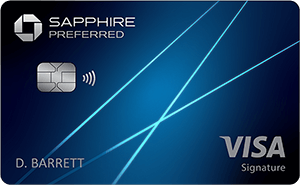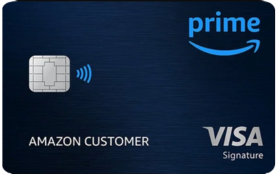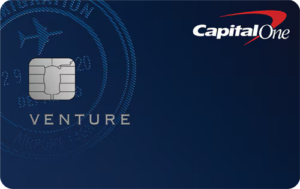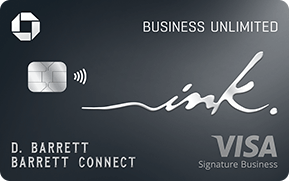If you’ve been following along with our Travel Hacking for Dummies section, you’ll now have some basics under your belt. Today, I’ll show you how to put it together and plan a trip using points to maximize your value.
1. Who, where, when, why, and how long
Before you do anything, you need to know where you’re going, how long for, what kind of trip it is, who you’re paying for, and when you’re going. Flexibility with the destination and dates is a travel-hacking superpower, so try not to be too narrow. For example, let’s say you want to visit Paris with a friend in May 2024. You’re flexible on dates but want to go for five nights. You’re only covering your own expenses. You’re flying from Chicago.
2. Find good reward flights and stays
Before you open a new card, do some heavy research. Find the airlines that fly there, and make a list of redemption rates. For example, United would cost 70,000 points for a roundtrip. This is the best you can find. A five-night stay in a cheap Hilton hotel in Paris costs 120,000 points.
3. Locate cards that can meet that goal.
For the United flight, look at co-branded cards and general cards that list United as a partner. The Chase Sapphire line all transfer to United but only offer 60,000 point bonuses. However, you find a United co-branded business card with a 75,000 point bonus after spending $5,000 in the first three months of opening the card. This is within the range of your small business spending. Open that one.
The Hilton Honors Surpass card comes with a 130,000-point bonus. This covers your hotel stay and might score you an upgrade. Be careful to open your second card long enough after the first one to ensure your natural spending passes the threshold.
Doing things in this order is essential. If you open cards without deciding a destination or means of travel, you’re bound to those cards. Plan your travel, and choose a card that fits your needs and spending habits.









 by your friends at The Daily Navigator
by your friends at The Daily Navigator



